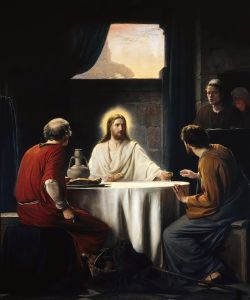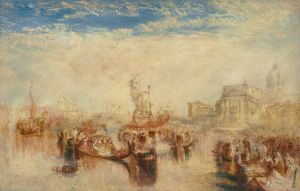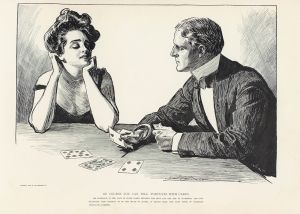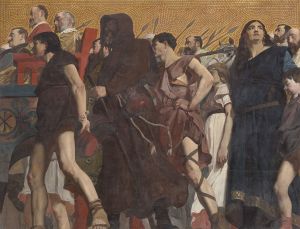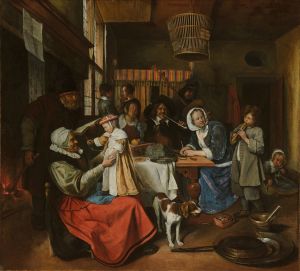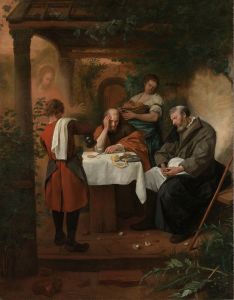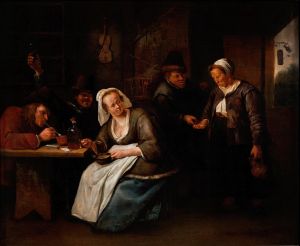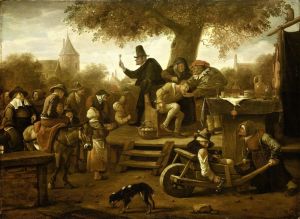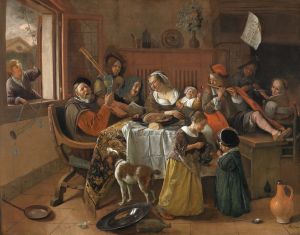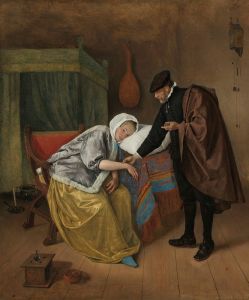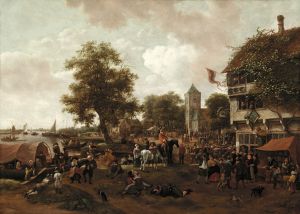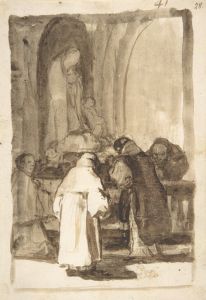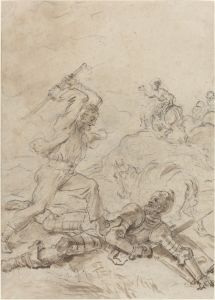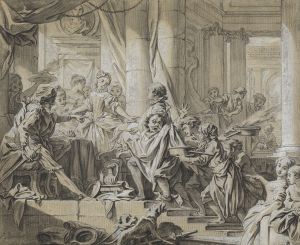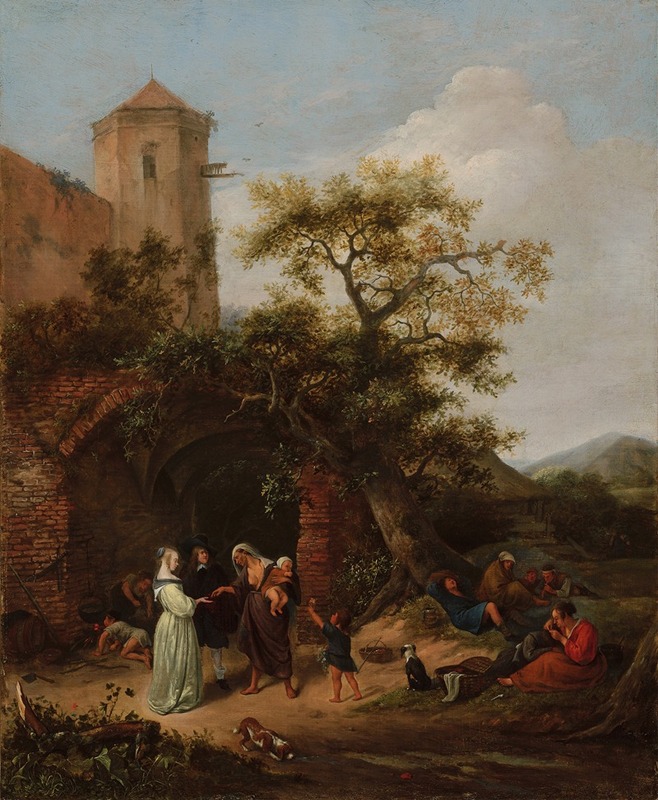
The Fortune Teller
A hand-painted replica of Jan Steen’s masterpiece The Fortune Teller, meticulously crafted by professional artists to capture the true essence of the original. Each piece is created with museum-quality canvas and rare mineral pigments, carefully painted by experienced artists with delicate brushstrokes and rich, layered colors to perfectly recreate the texture of the original artwork. Unlike machine-printed reproductions, this hand-painted version brings the painting to life, infused with the artist’s emotions and skill in every stroke. Whether for personal collection or home decoration, it instantly elevates the artistic atmosphere of any space.
"The Fortune Teller" is a painting by the Dutch Golden Age artist Jan Steen, created around 1660–1662. Jan Steen is renowned for his genre paintings, which often depict lively and humorous scenes of everyday life in 17th-century Holland. This particular work exemplifies his ability to combine storytelling with moral commentary.
The painting portrays a scene in which a young woman has her fortune told by a gypsy. The central figure, the fortune teller, is shown reading the palm of the young woman, who appears intrigued and slightly apprehensive. Surrounding them are other figures, including a man who seems to be stealing a coin purse from the young woman’s pocket while she is distracted. This interplay of characters and actions is typical of Steen’s work, as he often included subtle moral lessons in his paintings.
Steen’s use of light and color in "The Fortune Teller" is notable. The warm tones and detailed textures draw the viewer’s attention to the central figures, while the background remains less defined, creating a sense of depth. The expressions and gestures of the characters are rendered with great skill, showcasing Steen’s talent for capturing human emotion and interaction.
The painting is often interpreted as a commentary on gullibility and deception, themes that were common in Dutch genre painting of the time. Scenes involving fortune tellers were popular during the 17th century, as they allowed artists to explore ideas of superstition, trickery, and human folly. Steen’s inclusion of the pickpocket adds an additional layer of narrative, emphasizing the consequences of being too trusting or distracted.
"The Fortune Teller" is currently housed in the Louvre Museum in Paris, France. It is considered one of Jan Steen’s significant works, reflecting his mastery of composition, storytelling, and social commentary. The painting remains a valuable example of Dutch Golden Age art and continues to be studied and appreciated for its artistic and historical significance.





